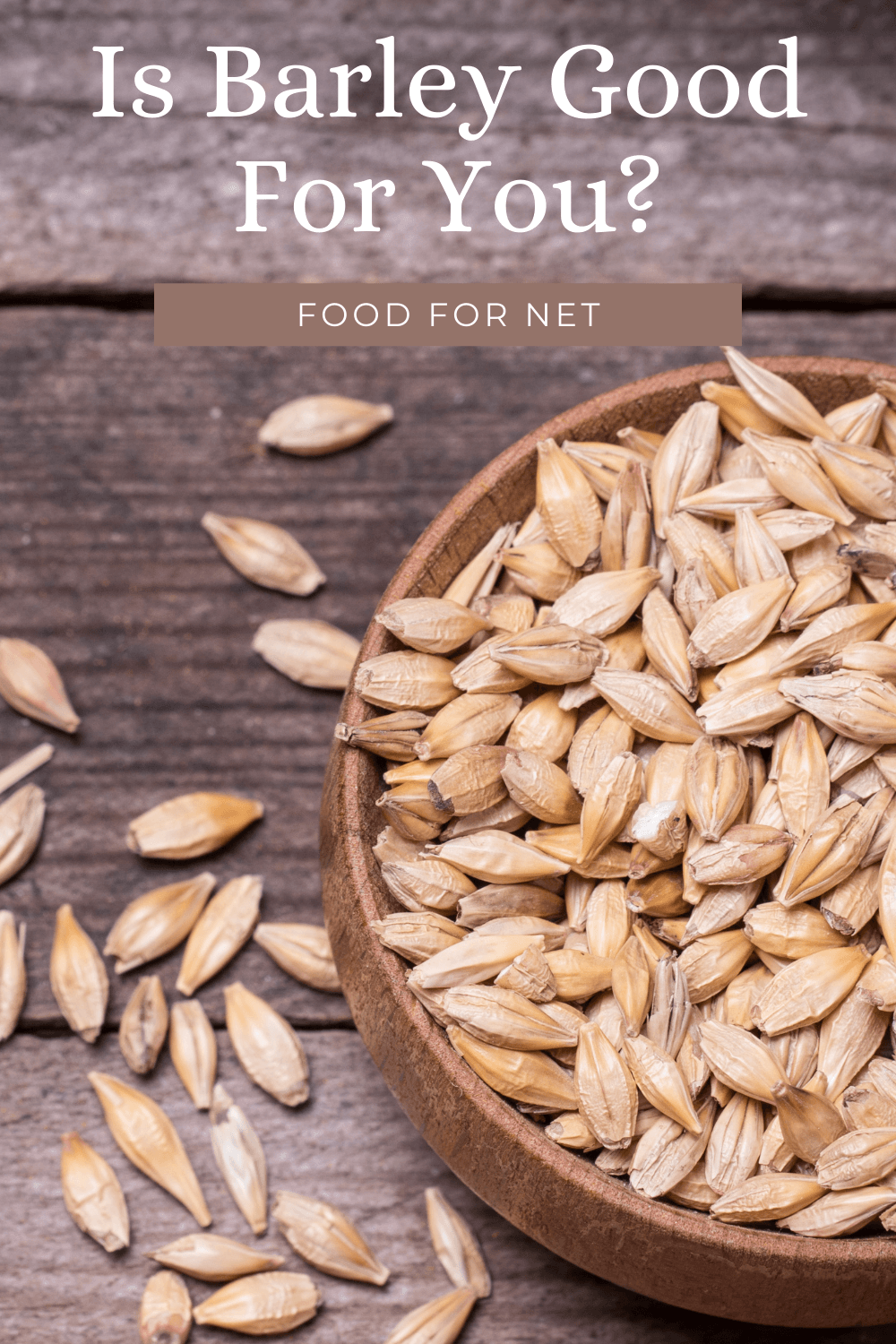
Barley isn’t the most widely used ingredient and is even less popular these days, as there’s so much controversy around carbs, gluten, and grains. Is barley good for you then? It would be nice if it were, given that the grain is versatile, has an interesting texture, and has a slightly nutty flavor.
Besides, it’s always nice to look for alternatives to wheat, rice, and oats. Those grains all have their appealing features, but they’re also boring and overused. Why not diversify your diet and try out something new?
Barley even falls into the category of ancient grains. Such grains have remained relatively unmodified for thousands of years. They haven’t been through the same extensive hybridization and selective breeding that you see with grains like wheat. This could make them a much healthier choice – and certainly makes them more interesting.
Is Barley Good For You?
- Barley Nutrition Facts
- Is Barley Gluten Free?
- Benefits Of Barley
- The Risks And Problems With Barley
- How Do You Identify Barley In Food?
- Ways To Use Barley
- What About Barley Water?
- Final Thoughts
Barley Nutrition Facts
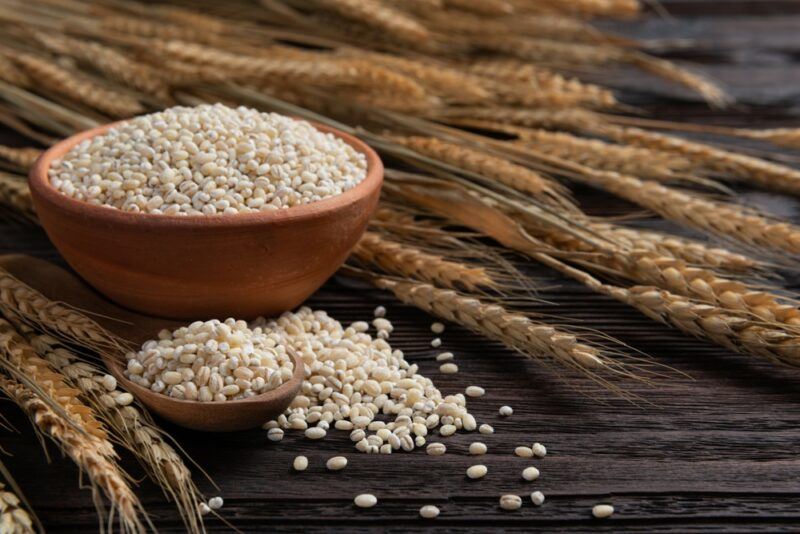
Barley can be found in two main forms, pearled and hulled. When barley is pearled, the hull and the bran are removed, reducing the nutrient content and giving it a softer texture.
Hulling just removes the outer shell of the barley, which is inedible. Doing so gives you the most possible nutrients, although the grain does end up chewier. This is the whole grain version of barley and is the one associated with the most benefits.
You can also find products made from barley, including barley flour, flakes, grits, and barley malt. Most of these can be made using either pearled barley or hulled barley.
For 100 grams of uncooked barley, the nutrition profile looks like this:
Hulled Barley
- Calories: 354
- Protein: 12.5 grams
- Fat: 2.3 grams
- Carbs: 73.5 grams
- Fiber: 17.3 grams
Pearled Barley
- Calories: 352
- Protein: 9.9 grams
- Fat: 1.2 grams
- Carbs: 77.7 grams
- Fiber: 15.6 grams
The biggest difference is in the protein content, although pearled barley does also contain less fat, less fiber, and more carbs per 100 gram serving. Because barley expands so much when it’s cooked, you’re likely to consume a smaller amount at a time. Still, there are plenty of nutrients regardless of your serving size and the type of barley that you choose.
There are other nutritional differences too, with hulled barley offering more magnesium, potassium, phosphorous, and iron per serving. Such differences make hulled barley the clear winner.
Still, some recipes work better with the softer pearled barley. While that type of barley isn’t truly a whole grain, it does still offer plenty of nutrients.
Is Barley Gluten Free?
Gluten is found in many grains, helping them to hold their shape. Barley is no exception. So, if you’re sensitive to gluten or have celiac disease, you’ll need to skip barley entirely.
Benefits Of Barley
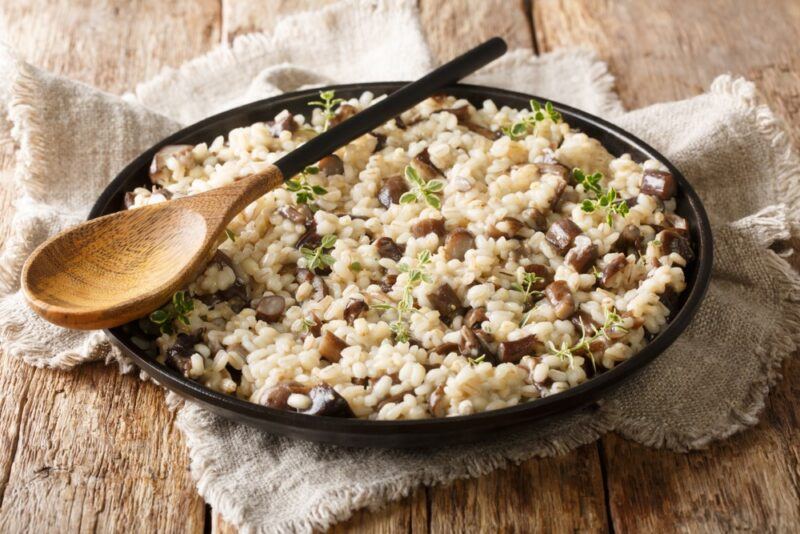
Barley Can Be A Whole Grain
There is plenty of debate around the benefits and risks of grains and carbs. We’ll cover those areas a little later on.
Yet, it’s also clear that whole grains can offer many benefits. Countless studies have found links between diets rich in whole grains and improved health outcomes, like a lower risk of diabetes and heart disease.
These effects aren’t surprising, as whole grains provide a host of nutrients, along with fiber that your body needs. This fiber is essential for digestion, while also decreasing the blood sugar impact of the carbs.
This effect means that hulled barley is a healthier choice than pearled barley, as the hulled version retains more of the grain’s nutrients.
A Decent Source Of Fiber
The fiber in barley is particularly important – making the whole grain version much more powerful than pearled barley.
Many of the benefits of fiber are already well-known, like how it can help to keep you regular and how it helps with your digestion. Fiber helps in other areas too, such as keeping blood sugar levels in check, decreasing blood cholesterol, and even promoting a longer life.
The other factor is that some of us aren’t getting enough fiber per day. Some recommendations suggest that we need around 25 to 35 grams of fiber daily, where 10 to 15 grams of that comes from soluble fiber, while the rest is from insoluble.
That’s a lot of fiber. It’s easy to fall short, especially if you’re relying on processed foods and refined grains.
Provides A Variety Of Nutrients
As we highlighted before, there are plenty of nutrients in barley, including iron, magnesium, potassium, and selenium. We can’t make these minerals ourselves, so we need to get them from our diet.
Being insufficient in essential vitamins and minerals can cause a whole host of health problems. This is why getting enough nutrients is so incredibly important.
Barley is also a particularly good source of B vitamins. These vitamins are important in the creation of energy and not having enough of them can lead to fatigue.
Barley can also be more powerful than wheat, as barley is higher in fiber and doesn’t lose as many nutrients during processing. Plus, you’re often consuming barley as a grain, rather than relying on a heavily processed ingredient like white flour.
May Promote Heart Health
Barley is thought to promote heart health as well. This effect comes from the various nutrients present, including folate, iron, potassium, and the B vitamins. The combination of high fiber and low cholesterol is relevant to your health too.
Studies have also consistently linked whole grains to better heart health. This suggests that relying on grains like barley, particularly hulled barley, may be a powerful approach.
The Risks And Problems With Barley
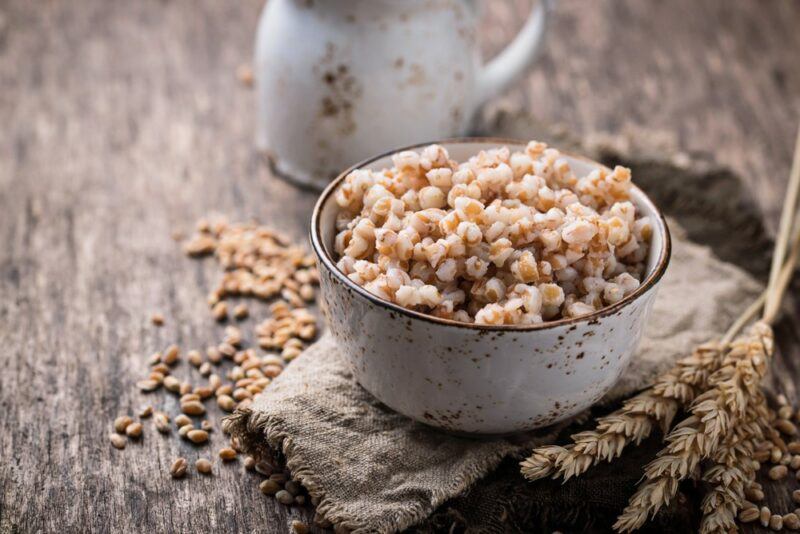
The Fiber Can Cause Side Effects
While fiber is clearly important, it can also cause some significant side effects, including abdominal pain, constipation, bloating, and flatulence.
The biggest problem here isn’t the fiber itself, but the amount you’re consuming. Side effects are most common when you go suddenly increase your fiber intake.
Starting slowly is the easiest way around these issues. This involves increasing your fiber intake a little bit at a time, rather than taking an all or nothing type of approach. Make sure you have plenty of water too.
Some People Are Sensitive To Gluten
Gluten is a protein found in various grains, including wheat and barley. People with celiac disease develop an immune reaction to this protein, where even small amounts create inflammation and damage the lining of the small intestine.
The side effects of celiac disease can be very uncomfortable, including bloating, diarrhea, stomachache, and gas, along with less well-known problems, like fatigue, low blood count, and osteoporosis.
People with celiac disease often need to avoid gluten entirely, as even a very small amount can lead to side effects.
Celiac disease isn’t the only problem. Some people without the condition are still sensitive to gluten. While their intestines aren’t damaged in the same way, they do still experience many of the same side effects.
It’s clear then that many people need to avoid gluten entirely, which includes avoiding barley and any foods that include barley as an ingredient.
High In Carbs
As a type of grain, barley is naturally high in carbs. You end up with more than 40 grams of net carbs per cup of cooked barley.
That’s too many carbs for most keto and low carb dieters – unless you only use a tiny amount of barley at a time.
Whether the carb content is a problem depends on your point of view. On one hand, barley contains a decent amount of fiber, which helps to offset the blood sugar impacts of the carbs. Plus, if you focus on hulled barley, you’re getting a whole grain (and whole grains have been linked to many benefits).
On the other hand, carbs are still often seen as being unhealthy compounds that may promote inflammation and disease. Besides, all the vitamins, minerals, protein, and fiber that barley offers can be easily found in other foods, including ones that are lower in carbs.
Barley Is A Type Of Grain

The modern debate surrounding grains feels endless. As we discussed earlier, whole grains are often seen as an important part of a healthy diet, while refined grains come with more risks.
However, some people disagree with those classifications, arguing that all types of grains are unhealthy and unnatural. Potential problems include the way that grains are processed, the irradiation processes, the use of chemicals, gluten, and the presence of antinutrients (not to mention the carbs).
There’s plenty of evidence for the benefits of whole grains and much less for these risks. Still, don’t throw the topic out as a conspiracy theory just yet.
Nutritional science is incredibly complicated.
It’s extremely difficult to work out exactly how specific foods and compounds interact with human health, especially when:
- We are all different genetically, with differences in our metabolism, allergies, activity levels, and other factors as well
- We have varied diets that change over time
- Cooking changes some of the compounds in food, along with how our body digests them
- Even entirely natural foods have hundreds of different compounds and chemicals, which can all impact our health in different ways
- Tests for health and safety don’t always consider the quantities that people actually eat
- People are sometimes dishonest when answering food questionnaires for studies and are relying on their memory, which often isn’t accurate at all
- Our minds can play tricks on us, to the extent that we can sometimes give ourselves side effects from food simply by expecting them.
And on and on…
The point is that we can’t be certain. While whole grains like barley appear to be healthy, we can’t say they are with 100% confidence. There’s certainly a chance that there are negative effects from grains that modern science hasn’t been able to find yet.
How Do You Identify Barley In Food?
If you’re avoiding gluten or grains, you’ll need to watch out for foods that use barley as an ingredient. This can get a little tricky, as barley is often used to thicken foods or enhance their flavors.
In fact, more than 90% of the barley grown in the United States isn’t directly consumed. It’s used in animal feed, in beer production, or as an additive.
Some terms to look out for include: malt flavoring, maltose, malted barley flour, dextrimaltose, and malt extract. Even caramel coloring is sometimes made using barley malt.
Ways To Use Barley
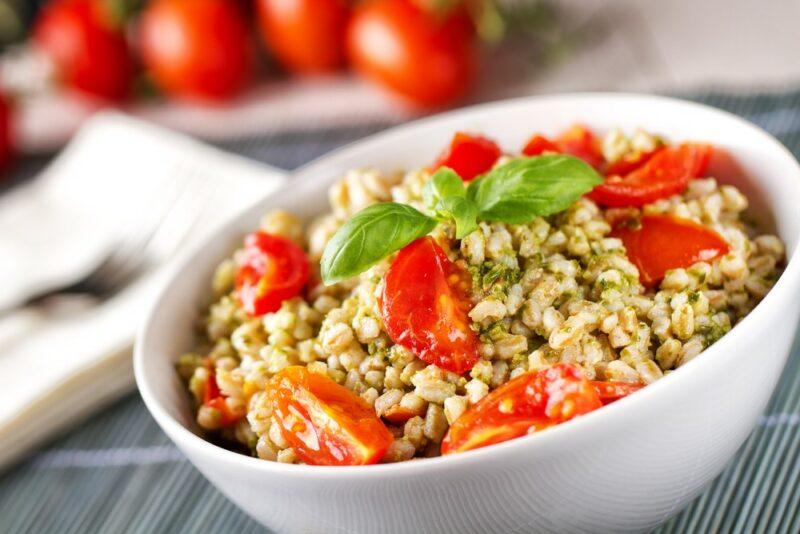
Barley itself can be cooked with water, just like you would prepare couscous, quinoa, or rice. Pearl barley takes around half an hour to cook, while hulled barley often takes closer to an hour. While pearl barley can be cooked immediately, it’s best to soak hulled barley overnight first.
Once cooked, you can use barley in plenty of different ways, such as making barley porridge rather than using oatmeal or using barley as a base for a power bowl. You don’t need to get too complicated either. Simply mixing some pesto into your cooked barley and serving it with fresh tomatoes can be delicious.
Barley is often thrown in soups and stews too, as an easy way to provide extra nutrients, fiber, and texture.
Then there are all the barley-based products, like flaked barley and barley flour. These can be used in many recipes. In fact, barley flour behaves much like all-purpose flour, so you can often simply replace one with the other.
What About Barley Water?
Barley water is an interesting idea. This drink is simply made by simmering barley grains in water for around 10 minutes. Doing so releases some of the nutrients from barley into the water, which should make it a healthy drink.
Indeed, barley water has a long history, making its way into Chinese and Indian traditions. You may see it associated with benefits like reducing water retention, clearing toxins, improving your blood cholesterol levels, and helping you to rehydrate.
Honestly though, the biggest benefit is hydration, as barley water is mostly water. You are getting some compounds from the barley grains too, but not as many as you might expect (barley water is a little like lemon water in this sense).
Don’t get me wrong, barley water is still a useful drink. It’s low in calories, contains no caffeine, and doesn’t rely on sugar. Just don’t expect it to be the amazing detox aid that it’s sometimes promoted as.
Final Thoughts
Barley is a type of grain and, as such, there’s endless controversy surrounding it. Should you add it to your diet or skip it entirely?
Current evidence points to many more benefits from barley than risks. Plus, hulled barley keeps the processing to a minimum, while leaving the nutrients intact. This is much better than white bread or similar products – which are often highly refined and contain fewer nutrients.
If gluten is your main concern with barley, then you could easily turn to gluten-free grains and pseudograins, like quinoa, buckwheat, amaranth, and teff. These offer similar nutritional benefits to barley while avoiding the gluten entirely.
The most important thing is to pay attention to your body.
We all have different needs – and what works for one person won’t always help another. So, if barley makes you feel sick, then cut your losses and look for a different type of food. After all, there are countless ways to get the nutrients that you need.
Frequently Asked Questions
What Is Barley Used For?
Barley is most often used for animal feed and in beer making, but it is relevant in cooking too. For example, you’ll sometimes see barley as an ingredient in bread, stews, and soups.
There’s also barley water, which is the water that barley is cooked in. Sometimes this is served with the barley, while other times the barley is strained out. Either way, barley water is often used as a health tonic and could provide some benefits.
Is Barley Good For Diabetics?
Barley is a type of grain and, as such, contains a decent number of carbs. The carb content makes it sound like a poor choice for diabetics, but plenty of benefits remain. In fact, whole grains often lead to health benefits rather than harm, making them a valuable dietary addition.
To get the most out of barley, diabetics need to be cautious with their portion sizes. Serving barley with high protein and high fiber ingredients helps as well.
Does Barley Go Bad?
Uncooked barley will last 18 to 24 months, as long as the packet is sealed well and kept at room temperature. It tends to go bad after this point, due to bacteria, mold, or other factors.
Some people use long-term storage practices to store barley for much longer than this. Here, whole grain barley can last as long as five years, while quick barley gets up to 20 years. Of course, the barley will still go bad eventually.
Is Barley Keto?
Barley is a type of grain, which makes it a poor keto choice. In fact, a cup serving of cooked barley contains more than 40 net grams of carbs. You’d need to keep your serving size incredibly small to have barley on keto (most keto dieters simply avoid grains entirely).
Is Barley A Whole Grain?
Barley is often sold in a whole grain form, called either pot barley or whole grain barley. But, this doesn’t mean that all barley is a whole grain. There’s also pearl barley, where the outer bran layer has been removed.
Interestingly, pearl barley may be healthier than other refined grains, as fiber is more evenly distributed throughout the grain. So, you’re still getting plenty of benefits, even without the outer layer.
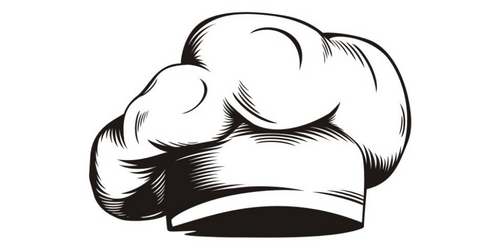
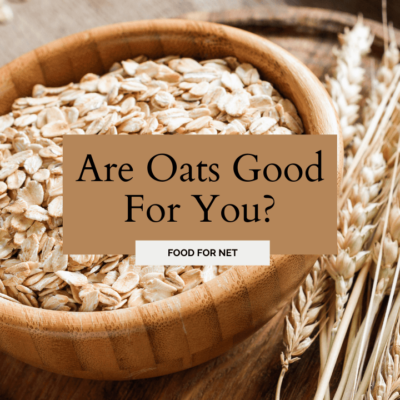

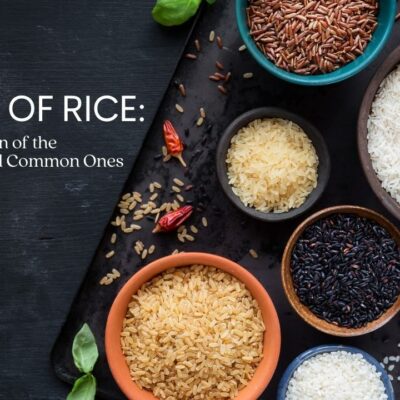
 12 Spices for Turkey to Try to Gear Up for Thanksgiving!
12 Spices for Turkey to Try to Gear Up for Thanksgiving!
Leave a Reply